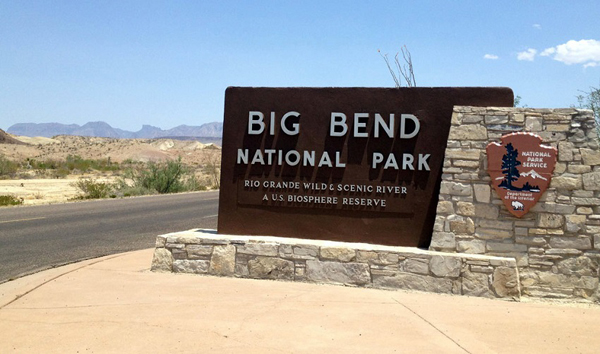- South Texas Students Meet Accordion Music Icons Los Tigres Del Norte In Edinburg Thanks To Khs America/Hohner Alianza Académica Initiative
- Fragile Planet Offers a Nighttime Wildlife Experience
- Falcons Soccer Off & Running
- Cameron County Receives Funds to Improve Two Parks
- Falcons Complete First Half of 32-6A
- School District to Help out Victims of California Wildfires
- Sand Castle Days Continued Despite Unexpected Weather
- Ready for District
- Discussion of Garbage Dumpster Rates, Agreements Between State & City on Highway Regulations, and More
- 31st Annual Shrimp Cook-Off is Right Around the Corner
Texas Fescue Grass First Species Protected by Trump Administration
- Updated: September 22, 2017

The U.S. Fish and Wildlife Service has set aside 7,800 acres in Big Bend National Park to protect the Guadalupe fescue, a type of bunchgrass recently added to the endangered species list. Photo: U.S. Fish and Wildlife Service
by Mark Richardson
TERLINGUA, Texas – The federal government has added a species of bunchgrass found mostly in Texas to its list of endangered species.
The U.S. Fish and Wildlife Service gave Guadalupe fescue protected status and set aside 7,800 acres of the fescue’s last U.S. location, in Big Bend National Park, as “critical habitat.”
Michael Robinson, a conservation advocate at the Center for Biological Diversity, says it has taken four decades to gain protected status for the three-foot-tall species of bunchgrass that became rare because of climate change and overgrazing.
“The primary reason is that it got to the brink of extinction is that it was very palatable for cattle, and everywhere where cattle were allowed, they ate it up,” he explains. “Big Bend National Park in the Chisos Mountains is the only place in the United States that we know it survived.”
The decision to protect the species is the result of a 2011 settlement agreement with the Center. In it, the Wildlife Service agreed to extend protection to hundreds of vulnerable species.
The fescue is the 185th species to be protected under the agreement and the first to be designated under the Endangered Species Act by the Trump administration.
Robinson says the Guadalupe fescue is a bellwether species for the survival of grasses in habitats at 6,000 feet or higher, also known as sky islands.
“This grass used to be found in mountaintops throughout the sky islands region in south and west Texas and in northern Mexico, and is now reduced to one mountaintop,” he relates. “Now that it’s on the Endangered Species list, it can benefit from science based recovery actions.”
Robinson says grasses and other critical plant species are under increasing stress because of drought, competition from invasive species and climate change.
“While people in Texas are dealing with the after effects of a horrendous hurricane, it’s important to be able to see the long term,” he points out. “The Guadalupe fescue is threatened by, among other things, climate change and drought. So, there’s a connection in the things that are going awry in our world that we need to address from a fundamental level.”
